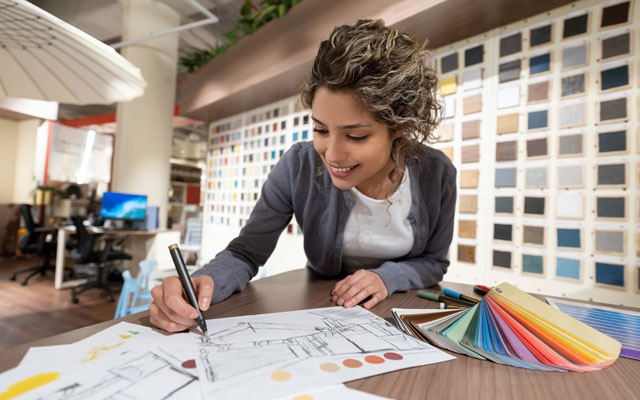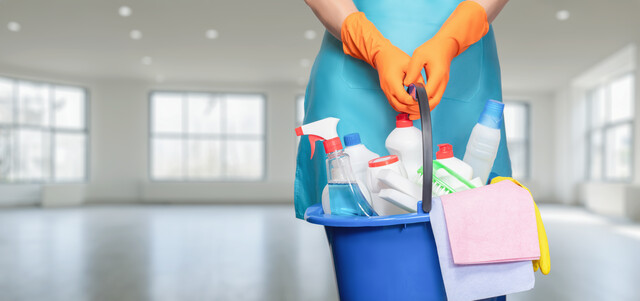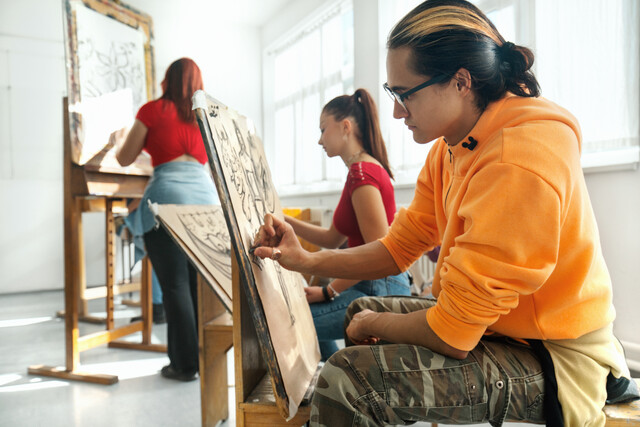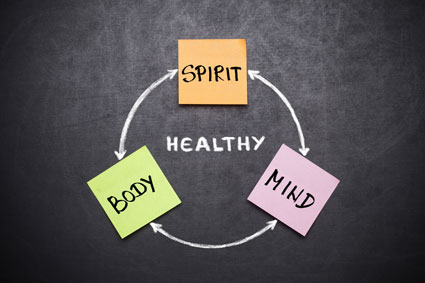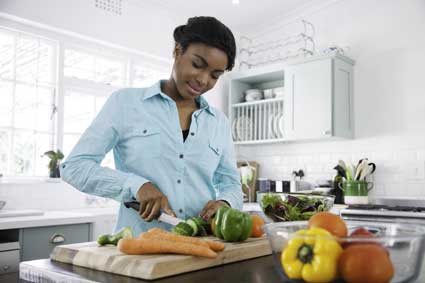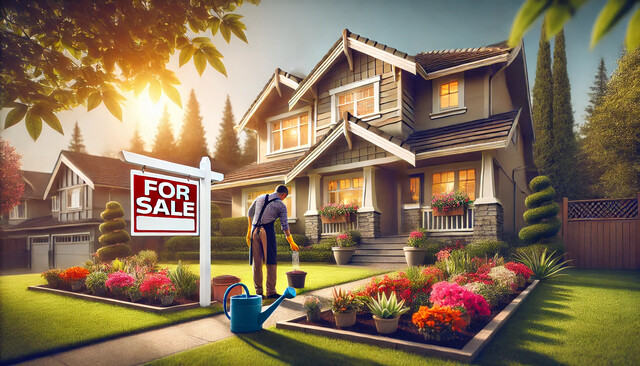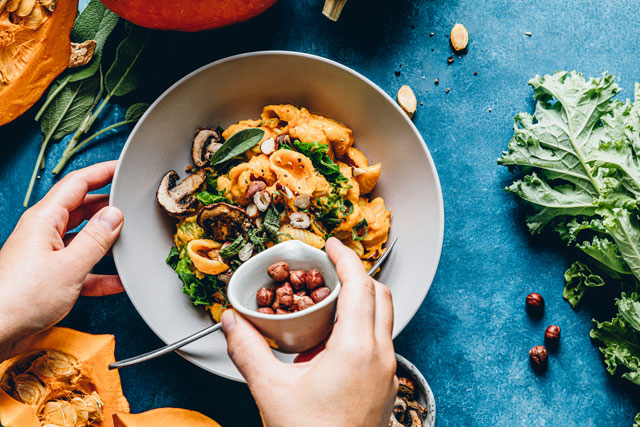INTRODUCTION
In the early 20th century homes with large gardens became popular. Walking through the garden, working with the plants, and garden parties became widespread. It was only a matter of time before the garden came inside via fabrics and wallpaper. The concept evolved and began including more and more rustic, simple elements, always inspired by the country and farmland outdoors.
Today, the country style of decorating is still popular, particularly in the American southeast, midwest, and rural New England. The interesting thing about country style, or Relaxed Pastoral, is the various transformations of the style: Shaker, Urbane Cowboy, and Homey Traditional to name a few.
The key to Relaxed Pastoral, regardless of sub-style category is remaining practical, comfortable, and simplistically beautiful. Natural fibers like cotton and linen work alongside weathered, quality furniture. The style is welcoming and unpretentious, for that reason it works well and is an easy choice for any room in the home to include the overall house decor.
In this article you'll learn:
- Top color choices for a Relaxed Pastoral style room
- Textures and fabrics most aligned with the decorating theme
- Finishing touches to consider utilizing
- Style lesson in a weekend room revamp
- Combining the Relaxed Pastoral style with Industrial elements for a unique room
COLORS
Colors of the Relaxed Pastoral style room are subdued palettes, both unfussy and simple. The colors should effortlessly make everyone feel comfortable. They should be easily selected, with little question of matching, since, by nature Relaxed Pastoral evokes a sense of ease. Keep the rooms updated with punches of an appropriate accent color. Classic choices include:
- Earth tones- reds, browns, greens, yellows. What you would see stepping out of a country cottage in summer.
- Grey-greens to blues in a Shaker inspired Relaxed Pastoral style.
- Deep chocolate browns and neutrals punched with a classic red or kelly green for a more Urbane Cowboy look.
- Pastels and mid-range tones for a Homey-Traditional take on Relaxed Pastoral.
Although color palettes vary for Relaxed Pastoral, they still need to follow basic color complementing rules. Choose colors with the help of a color wheel then designate the dominant, subordinate, and accent colors. Another helpful decorating tip is finding an inspiration piece: a throw pillow, a favorite quilt, a rug, then pull the decorating colors from that object. This technique works well for people who can't seem to steer towards one palette.
*LEARN MORE The Shaker style is known for its minimalist and frills-feel approach. It's clean, practical, and almost Zen-like or modern in nature. However, unlike Zen or modern inspired style, Shaker is familiar and traditional. It's a style worth looking into, especially for a home office where things need to be kept organized and trinkets aren't necessary.
TEXTURES AND FABRICS
Relaxed Pastoral is all about well-worn, natural elements. Depending on the sub-style, different fabrics and textures will play a role in the overall decor scheme. The casual inclination of the style leaves few rules when it comes to including fabrics and textures, other than the aforementioned natural components, and ensuring the elements work well within the underlying themes. To help narrow down the large array of possibilities, when choosing fabric patterns and colors ask:
1) Does this fit into the color scheme?
2) Does this represent Relaxed Pastoral (the main theme) or an underlying theme?
3) Does this work with the other chosen fabrics? (i.e. one floral, one geometric, one complementary OR one large print, one small print, one geometric)
For a basic Relaxed Pastoral room opt for clean looking cotton and linen in the desired color palette. Use burlap bags for storage and textural elements. Scatter oversized natural fiber and wicker baskets for storing quilts and wool blankets. Old wooden crates with repurposed leather handles also make an excellent addition. Install weathered wooden panels to create a textured accent wall or a floating headboard.
Here are other fabrics listed by suitable Relaxed Pastoral decor schemes:
Homey Traditional (comfort is key):
- Gingham prints
- Toile de Jouy prints for a French twist
- Floral patterns
- Quilts
Shaker (simplicity reigns supreme):
- Neutral colored linens and cottons
- Stripes
Urbane Cowboy (a clean-cut ruggedness):
- Cow hide
- Suede
FURNITURE STYLES
Regardless of underlying theme, Relaxed Pastoral furniture maintains that quality is key. Look for well-constructed pieces that will stand (or already have stood) the test of time. Natural woods that feature grains and imperfect knots look beautiful stained. Wooden pieces can easily be stripped and repainted. Since weathered pieces are a common thread, try creating a weathered look on freshly painted pieces.
With sandpaper: On a freshly painted and dried piece, rub a fine-grained sandpaper to strip some of the paint. Work especially on the corners and around handles as those areas tend to be naturally worn first.
With paint: Apply a glaze, covering the surface completely. Before it dries, rub with a clean rag. This technique achieves a more whitewashed effect rather than a worn-in effect.
In terms of seating, simplistic wooden and wicker are great for dining rooms. Shaker chairs are optimal for any Relaxed Pastoral look, and Thonet chairs are both durable and natural. Wicker chairs tend to have deeper seats, perfect for sun rooms and long brunches. Even older, worn metal stools can find a home in a Relaxed Pastoral room.
Couches should be plush and comfortable. Slip covers can be generous and trimmed with ruffles. Pile plenty of pillows on beds and couches, alongside lots of woolen throw blankets and homemade quilts. Don't forget an ottoman for guests to put their feet up.
FINISHING TOUCHESRelaxed Pastoral is geared towards practicality and livability, therefore clutter should be kept to a minimum. Decor that is both pretty and usable is ideal, like displayed earthenware and neatly folded blankets or stacked pillows. Interesting pieces that nod to historical country styles such as a vintage wagon wheel, old loom, or antique farm tools are fun additions. Family photos are perfect for the welcoming style. Showcase them in simple frames to ensure the photo subjects are the focal points. Some more items to consider include:
- Switching swinging doors out for sliding barn doors.
- Use Mason jars to hold office supplies in a Relaxed Pastoral home office.
- Bring nature indoors: stack firewood on the hearth and fill bowls with pinecones and rocks.
- Always have a vase of fresh flowers.
- Succulents are easy to care for and add a natural element. Plant them in unassuming stone pots or place plastic pots in baskets.
- Hang vintage wooden birdhouses on the wall.
- Replace the glass of an old window with mirrors.
- Stack stained wooden crates and nail together for shelving.
Repurposing the old is perfect for Relaxed Pastoral in both the practical sense and the arts and crafts tendency of the style. Lean old ladders on the wall to hold books, blankets, or hang air plants. Use a flat topped antique sewing machine as a bar cart or side table. Collect vintage aprons, hang them on a peg board in the kitchen, and invite guests to don their favorite when helping out. Repurposing, like many other decorating activities, requires thinking out of the box and not seeing something for what it is, but what it could be.
STYLE LESSON- WEEKEND ROOM REVAMP
Although a style lesson in a weekend room revamp doesn't directly relate to the Relaxed Pastoral style, it does embody the casual attitude. The goal is to alter a room with minimal materials, which perfectly reflects the practicality and simplicity of the Relaxed Pastoral style.
This quick makeover works to quickly freshen any room, perfect for seasonal decor changes, breaking a boring style, or adding cohesion to an undecorated room. The weekend in this case begins Friday evening and ends Sunday evening.
Friday Evening:
1) Decide on the makeover room. Analyze what is working, what needs to be addressed- furniture arrangement, more storage, drab colors, etc.
2) Make a list of the problems and possible solutions. For example, drab colors can be fixed with a whole room paint job, an accent wall paint job, or changing out photos, lamp shades, and throw pillows.3) Decide on solutions to tackle over the next two days and possibly schedule more extensive projects for another weekend. Look around your home for items that can be better used in the revamped room. Here are a few ideas:
-Add some plants for natural beauty. Consider easy to maintain succulents and air plants. Be sure to place them according to their sunlight requirements.
- Hang a string of white lights for some year-long sparkle.
- Change out curtains. Even switching curtains with another room can be refreshing, just be sure the styles and colors work.
- Create a spa feel in the bathroom: add some candles, put make-up and toiletries in lovely storage containers, and have a stack or fluffy towels ready.
- Add hooks, a bench, or side table in the entry way for warmer welcomes.
Saturday:
1) Move smaller furniture and lamps around. Try the ottoman in front of a different chair, shift the desk towards the middle of the room, and a side table to the other wall. If you're feeling up to it, move a couch or book shelf.
2) Garner supplies for the solution projects and get to work. Ideas include new storage bins for toys, changing out lamp shades, reorganizing books, painting a chest of drawers, purchasing new pillows, candles, and trinkets (especially for seasonal theme changes). This step is much more productive if Friday's steps were accomplished thoughtfully.
Sunday Morning:
1) Finish projects. Some final ideas include reframing photos and moving their positioning around, adding a screen to break up a large room, add general interest, or a storage area, and tossing large pillows on the floor for additional seating.
2) Put items back neatly, try different arrangements. Find new homes (new rooms, storage, charity, or trash) for items that don't belong in the revamped room.
3) Sit back and relax in your revamped room!
Make notes on additional changes and projects you'd like to accomplish then plan out project days. Quick revamps that alter room components are easy ways to try out different looks and furniture arrangements, or to acquire much needed cohesiveness within a home. Eventually you'll stumble on the perfect overall decor or encompass an ever-changing, fresh style.
SURPRISING FIT- RELAXED PASTORAL MEETS INDUSTRIAL
Combining Relaxed Pastoral with Industrial style seems reminiscent of country and city clashes. In a way that's true: the former is everything relaxed, focused on natural wood and earth colors while the latter conjures images of steam and coal with a steely-grey color palette. Combine the two? Yes, it's a game of compare and contrast.
Look for mixed material furniture featuring wood and iron or steel. If obtaining mixed pieces is difficult, mix them within the room, such as a steel table with wood chairs. The key is keeping the furniture lines similar, so the pieces share a commonality.
For a color palette, an easy choice is steely grey with sparks of green accents. Pastels might be more difficult to pull off in this particular decor, but earth tones with silver or bronze can work well. Be sure the colors represent both concepts of Relaxed Pastoral and Industrial. In terms of finishing touches, again represent both styles equally. Lamps often work great for balance as do photos and paintings.
Take the look a step further by defining an industrial realm: airplanes, trains, cars, even the sewing industry. This definition can narrow down the finishing touches and help navigate large furniture show rooms. You'll have a more pronounced image of the final room.
SUMMARY
Relaxed Pastoral is a comfortable, friendly decor style suitable for virtually every room. It easily comes together thanks to the generous selection of colors, fabrics, and furniture fitting for the style. Choosing an underlying theme is important to personalize the style and give direction in color and fabric selection.
Natural, quality, and practicality are the three descriptions for everything found in a Relaxed Pastoral room. Look for natural fabrics with simple patterns- floral, gingham, and stripes. Find quality furniture pieces that can stand the test of time and easily be painted to fit a room. Add finishing touches steeped in practicality such as a small wooden chest to hold stationary in an office. With the variety of elements that can fit into the style, Relaxed Pastoral may be one of the easier styles to recreate in a weekend revamp, depending on budget and the current state of a room. If anything, the subdued and inviting style offers an easy route towards room cohesiveness.
Key elements for achieving a Relaxed Pastoral style:
- Theme: Practical, effortless beauty, welcoming, and unpretentious.
- Color: The color palettes of Relaxed Pastoral vary, but should be subdued and friendly. Some ideas include a cool palette for Shaker inspired, pastels for Homey Traditional, and neutrals with a punch of energetic red for Urbane Cowboy.
- Textures and fabrics: Natural and rustic components are best. Cotton, linen, and wool in neutral colors, stripes, florals, and gingham. Cow hide rugs add interest while leather adds masculinity. As always, consider underlying themes when choosing textures and fabrics.
- Furniture style: Look for quality, well-worn wooden pieces. Straight, simple lines are most aligned with Relaxed Pastoral in regards to dressers, tables, and chairs. For couches, choose plush, inviting seating.
- Objects to pull it together: Relaxed Pastoral is geared toward practicality and simplicity. Look for natural material items: natural fiber, wicker, leather, and wood. Displayed trinkets should have everyday function, or demand focused interest like antique farm equipment. Double duty objects are ideal, such as towels draped over the rungs of an interesting antique ladder in a bathroom.
Words of caution:
-Don't confuse Relaxed Pastoral's comfort and practicality with an excuse to clutter. Keep rooms neat and tidy so they will remain inviting and useful.
- Color palettes can vary greatly for Relaxed Pastoral, don't get overwhelmed with options.
- Many decor styles are great on their own, but they make a more meaningful statement when personalized with sub themes. This is especially true of the very popular Relaxed Pastoral, more commonly called Country style. Make it memorable with your own twists.
- Don't feel pressured to fit a weekend into your busy schedule to revamp decor. Set aside an hour or two; you'll be surprised how much can get done in that time.


